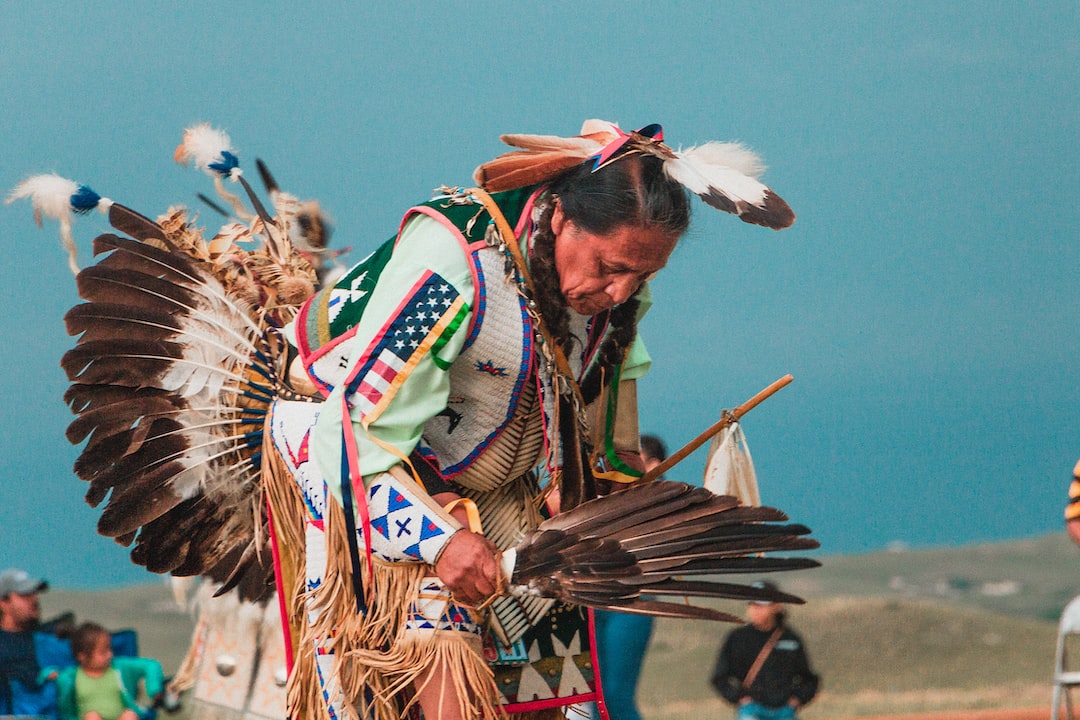The Power of Modern Hypnosis: Rooted in Indigenous Healing and Storytelling
Hypnosis might seem like a concept better suited to the realms of stage entertainment and interesting movies than medicine.
However, evidence based science has proven that hypnosis can be a powerful tool for self-discovery and healing.
And while hypnosis may be ancient, the benefits of modern hypnosis are founded not only on ancient healing practices, but also in the stories and traditions of Indigenous peoples around the world.
This connection couldn’t be more appropriate, given the deep roots of hypnosis in Indigenous cultures throughout history. Hypnotic trance is an experience that’s similar to meditation and shamanic trance, both of which have been central to Indigenous peoples’ spiritual traditions for centuries. So, what exactly is hypnosis, and why is it beneficial? In this article, we explore the answers to these important questions, with a focus on the Indigenous roots of modern hypnosis.
At its core, hypnosis is a state of deep relaxation or a state that bypasses the critical factor and focused attention that allows individuals to access their subconscious mind.
It isn’t a form of mind control or manipulation as it is often portrayed in pop culture.
Instead, hypnosis enables people to delve into their inner workings, uncover hidden emotions and memories, and develop new perspectives on their thoughts and behaviors. This state of mind can be achieved through guided imagery, progressive relaxation, and other techniques that help people to become more receptive to suggestion.
The use of hypnosis for therapeutic purposes dates back to ancient times, with evidence of its use found in ancient Egypt, Greece, and China, to name a few.
In Indigenous cultures, hypnosis is used to treat a variety of conditions, including pain, anxiety, depression, trauma, and addiction.
The practice of hypnosis in Indigenous healing is typically tied to storytelling, as stories are a ubiquitous part of Indigenous cultures around the world. Storytelling has long been considered a valuable way of transmitting knowledge and wisdom, preserving cultural traditions, and bringing healing to individuals and communities.
Storytelling is both an art form and a method for communicating complex ideas in a way that is easily understood.
It connects people emotionally, taps into their imagination, and ignites their curiosity.
In hypnotherapy, storytelling is used to create a positive and supportive environment that encourages relaxation, trust, and openness to suggestion. By weaving together stories that incorporate positive suggestions and affirmations, hypnotherapists or hypnotists can help individuals to reprogram their subconscious mind and remove limiting beliefs and negative emotions.
One of the most significant benefits of modern hypnosis, rooted in Indigenous healing and storytelling, is the sense of empowerment it provides individuals.
Hypnosis helps people to become more aware of their thoughts and emotions, and better equipped to manage them.
By gaining control over their subconscious mind, people can cultivate greater self-awareness and develop a more positive outlook on life. The practice of hypnosis can also help people to access their innate healing abilities, allowing them to address physical, emotional, and psychological issues that may be holding them back.
The power of hypnosis is real, and it’s backed by centuries of use in Indigenous cultures around the world.
With its roots in storytelling and ancient healing practices, modern hypnosis offers a unique and effective way of accessing the subconscious mind and promoting self-growth and healing.
By tapping into their imagination, individuals can create new beliefs, overcome limiting beliefs, and develop a more empowered sense of self. So, whether you’re struggling with anxiety or looking for a new way to explore your inner self, modern hypnosis might be worth exploring.










